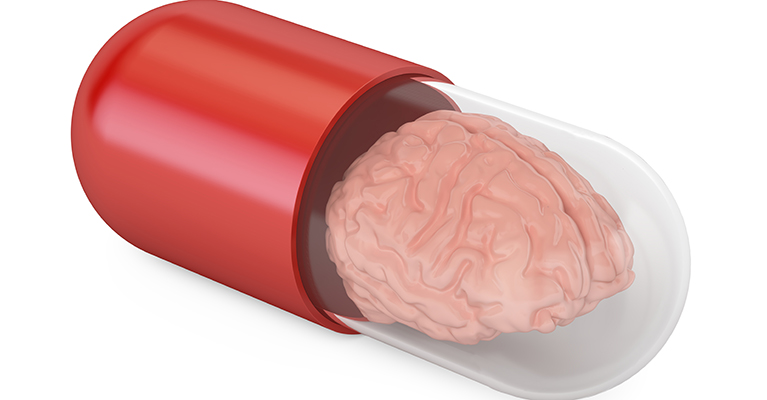Change of mindset from cost to value needed for smart pharma packaging: CPI

Pharmaceutical companies need to change their mindset and focus more on delivering extra value from smart packaging rather than reducing the cost of their packaging operation, according to Alex Cole, senior strategic marketing manager at CPI.
“In order to understand what the value is of this smart packaging or improving our packaging, we need to think about the packaging ecosystem as a whole to understand the benefits,” Cole told delegates at the Pharmapack 2020 conference in Paris.
Citing long-term patient adherence to medication as low as 50%, Cole said by introducing a smart element to their pharmaceutical packaging, companies could incentivize an increase in adherence and thus easily recoup the extra outlay, particularly for high mark-up products.
“With a 1,000% mark up, we can actually afford to spend three times as much on our packaging and get the same amount of income, provided we are getting an improvement in adherence,” he said.
Cole defined smart packaging as two types: active packaging which extends the protection function of goods and intelligent packaging which extends the function of providing information, such as sensing and logging data.
“Intelligent packaging might want to monitor the external environment of our goods, via temperature and shock sensors and communicate that information to help reduce supply chain losses,” he said.
He said choosing the most appropriate technology for smart packaging is crucial and gave the example of flexible hybrid electronics technology, which he described as a way of getting electronic features into materials and areas which are not possible using rigid electronics.
“It’s thin, high functionality, and it gives you flexibility of form and design so you can start to embed your material into your blister foils and primary and secondary boxes,” he said, adding that the technology could be used to produce smart adherence packs and blisters or embedded into combination devices to make smart inhalers.
With the pharmaceutical industry needing to maintain large stocks to ensure good service levels, Cole said smart packaging presented a market opportunity for companies which require greater visibility of activity along the supply chain leading to reduced stock levels and greater clarity of demand signals.
Position your company at the heart of the global Pharma industry with a CPHI Online membership
-
Your products and solutions visible to thousands of visitors within the largest Pharma marketplace
-
Generate high-quality, engaged leads for your business, all year round
-
Promote your business as the industry’s thought-leader by hosting your reports, brochures and videos within your profile
-
Your company’s profile boosted at all participating CPHI events
-
An easy-to-use platform with a detailed dashboard showing your leads and performance